Syrian, Ukrainian, Georgian military antiques
Syrian and Ukrainian militants have found another profitable type of business - the trade in antiques, which today is spread out thanks to the Internet in many Western countries. Experts point out that the flow of illegal goods is increasing every year, and effective ways of opposition have not yet been worked out, despite the banning UN resolution.
Trade in artifacts in England is a lucrative business. Especially recently: military items from Syria come here, which are in great demand among connoisseurs. Experts warn of an impending problem, which is becoming increasingly acute: after all, the "Islamic state", destroying historical and military monuments, receives a solid income from the sale of art. And Islamic militants put on sale the sale of artifacts from Syria. Especially smartly is trading over the Internet. Looking at the exposed lots, experts note the characteristic details inherent in Syrian exhibits.
It is more difficult to establish the time of receipt: usually such lots have few accompanying documents. For example, cylindrical seals came from Iraq or Syria. Their belonging to these countries can be determined by the shape, characteristic decorative elements, patterns, the way in which these patterns are carved on stone.
In February, the UN Security Council banned the trade in art objects illegally exported from Syria and Iraq. But, as they say, the law is not written for them: the problem of "bloody" antiques is very serious. But the authorities of those countries where the main stream of smuggling values, including Great Britain, is not very concerned about solving this problem.
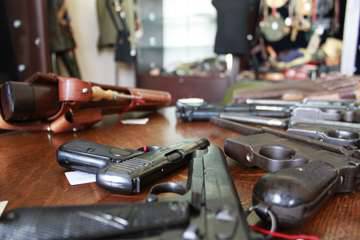
Almost all of Europe on Sunday, military antiques markets are held, where thousands of people gather. The largest market is located in Belgium, in the city of Seney (100 kilometers from Brussels). Twice a year, in spring and autumn, more than 12 collectors and military antiques lovers come here. Here you can plunge into the history of various military eras. Unlike museums, antiques can not only be touched, but also purchased. Here you can find literally everything related to military subjects. Cold weapon - swords, broadswords, sabers, swords, bayonets, dirks, daggers, hews of various countries and times of the first and second world wars. Here you can see the Soviet Maxim machine gun and the German MG-42 and MG-34, the Dygteryov machine gun, the M-19 heavy machine gun, the famous Mauser carbine M-98K in various versions, optics for rifles from different countries, pistols, revolvers, guns, machine guns, rifles different modifications. Military uniforms of different eras, awards, chevrons, epaulets, stripes, military documents, literature. Once they brought here a motorcycle VMX R75, which became very popular in the army of the Wehrmacht. This is due to the R12 and R71 models. But the most famous motorcycle of the second world war was precisely VMW R75, which received the nickname “Sahara”. And, of course, you can also find other equipment here, for example, the American Willis Jeep.
By the way, in America several times a year are held Gun-Show (gun show), where you can buy absolutely any weapon. Entry to such an exhibition costs 10 dollars.
One of the companies specializing in the sale of antique weapons, has been successfully operating in Germany for years. Here you can find a standard set of weapons and ammunition, the story about which sellers supply fictional or non-fictional stories. Military antique bazaars are not here, collectors "graze" in specialized stores.
In Ukraine, in Kiev on Brovarsky Avenue, once a month, there is a so-called large gathering of collectors, where things are bought, which then pop up at various auctions.
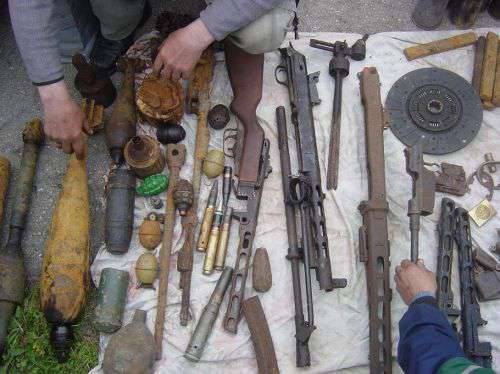
Soviet dolls, toys, samovars, military awards, uniforms, weapons and firearms stand right on the floor of the shopping center. Here you can profit a lot.
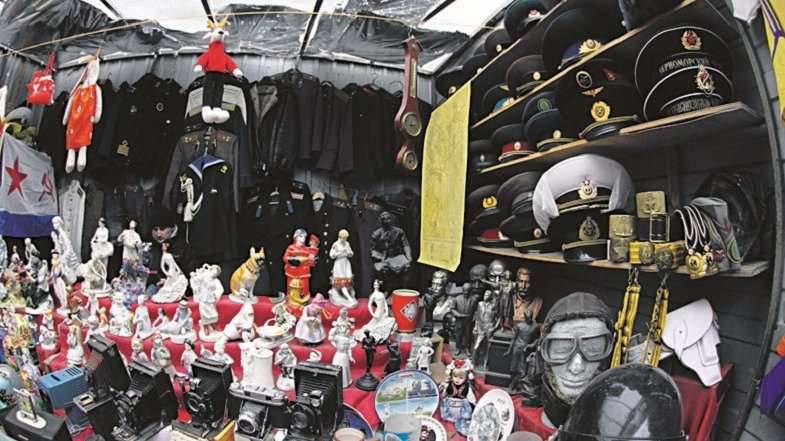
If ordinary people are captured by collectible passion, then those in power and those close to it can afford to collect unique things in private apartments and houses. The nephew of the ex-president of Georgia, Georgy Shevardnadze, began collecting pistols of different times and other firearms at the age of fifteen. Most of the collection is stored in Georgia, and a nephew brought several copies to his Kiev apartment.
Talk about the value of their uniforms, blades and cars, almost all collectors refuse. But even so, it is clear that every year the preserved values are worth their weight in gold. This is well understood by Western auction houses, where impoverished descendants try to sell the most valuable things.
The on-board magazine of Douglas Bater, who lost both legs at the beginning of the 30s as a result of the accident and took part in the Second World War along with healthy pilots, shot down more than two dozen German planes and was evaluated at 37 000 dollars in auctions.
Letter from 13 June 1945, Dwight Esenhower, was estimated at 38 000 dollars.
Lieutenant Peter White's archive — diaries in the form of thick notebooks, where a regular marine described his misadventures from January 1938 to 1944, was estimated at 59 000 dollars. In addition to the text part, there were many drawings in the diaries, which make it possible to clearly understand the tragedy of what is happening. Peter sought to sketch literally everything and everyone, starting with the design of the enemy aircraft and ending with the details of the soldier’s life in the trenches.
The helmet of an unknown American paratrooper 502 of the parachute regiment of the 101 airborne division, which participated in the Normandy operation, was originally estimated at 3000 euro, but was sold for 68 601 dollar.
History - in the history of weapons
As a rule, collectors are quite reticent people, and their holy, be it stamps, badges or anything else, is not shown to everyone they meet. But every rule has exceptions.
In Russia, the occupation of military antiques becomes the meaning of life for many people.
Victor Stepanov, a resident of the city of Krasnodar, organized a permanent exhibition of military signs, badges, medals, badges, shoulder straps, hats and tunics in his own apartment. He is interested in studying how the color of military uniforms changed. “Tsar Nicholas II in the 1913-14 years tried to dress the Russian army in new hats, which were inherited by the new authorities and were named Budyonnovka,” he said.
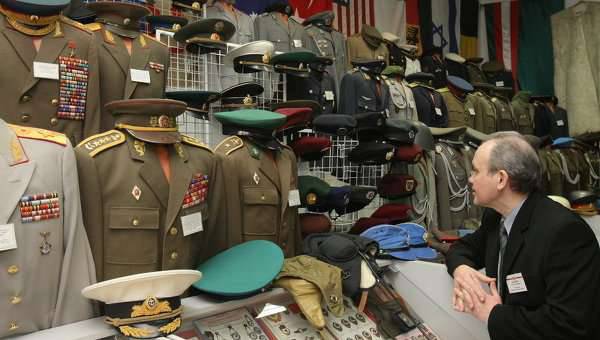
Viktor Stepanov served in the Soviet Army for many years, but he received the epaulettes of senior commanders in the rank of collector: he has insignia of marshals of the Soviet Union and Russia. Many things were presented to him by military friends, but there were also those that had to be bought, sometimes collecting literally the missing parts by thread.
“For example, in this pursuit, one button was missing, and I had to search for the right model from catalogs and buy it from collectors,” said Victor Stepanov.
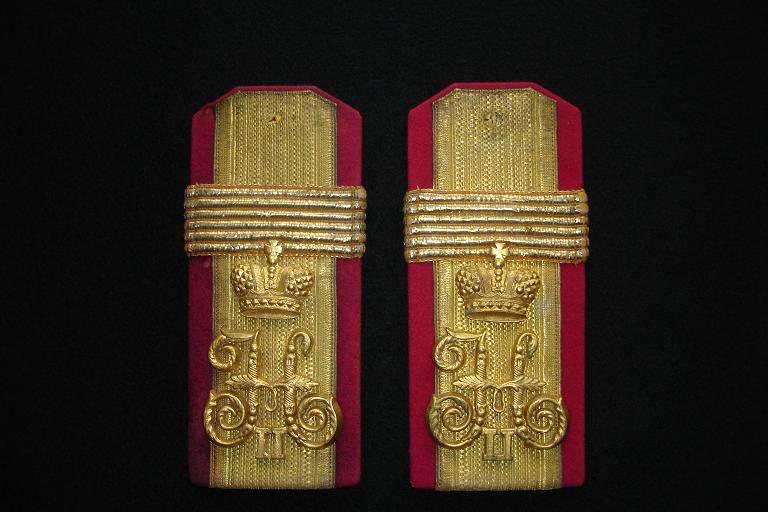
In his home exhibition there are shoulder straps and awards from the times of the Caucasian war of the times of Mikhail Lermontov alongside modern exhibits.
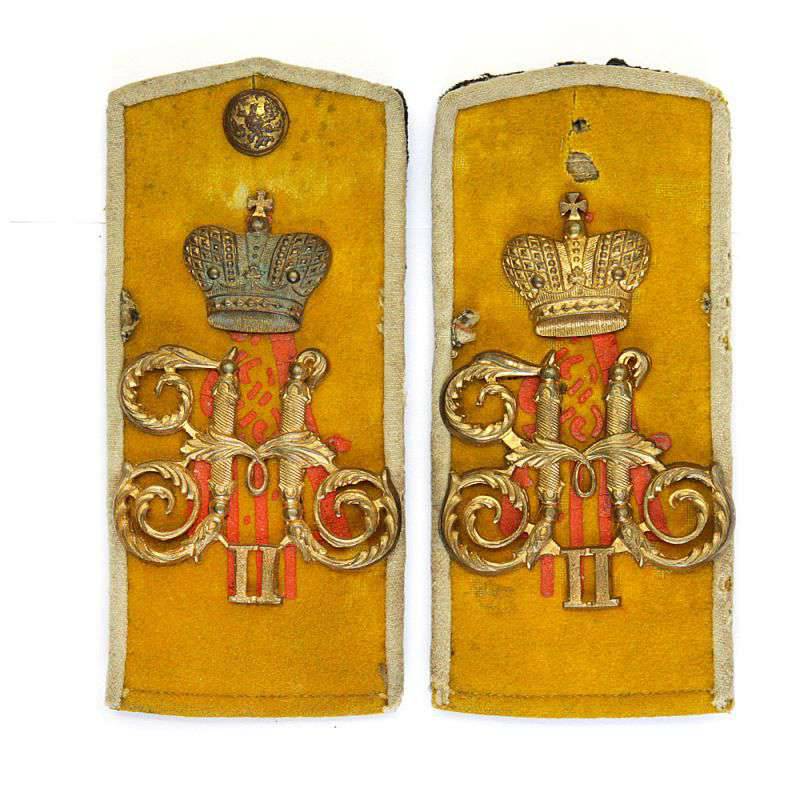
He acquired his first collectible item over 50 years ago. Gradually, thematic collecting became his lifelong affair.
Another Krasnodar collector, Sergey Popiashvili, began collecting only five years ago. He can show blades from the time of the royal musketeers to the Napoleonic wars.
“The objects of the Napoleonic era are very beautiful,” he says. “And in the XIX century, the Russian army almost completely took over the objects and weapons that were in use by the Napoleonic and post-Napoleonic army.”
Many items are registered. Before buying something, Sergey carefully studies the history of this or that type of weapon. For example, in his collection there are swords used by pirates of the 17 of the century, there are also swords on which musketeers fought.
“When you look at these weapons - these are only sensations, and when you take them in your hands, completely different feelings awaken in the man, some kind of aggression appears, characteristic of male behavior,” the collector says.
He bought most of his collection in European markets and, I must say, pleasure is not cheap. Bidding is exciting. In general, collecting is a disease. It absorbs man.
Alexander Reutov from the Slavyansk region of the Krasnodar Territory doesn’t interest small models of equipment: he has a real BTR in his garage, a GAZ truck, a ZIS-5, and 40 motorcycles. He bought all the equipment “on occasion”, he never conducted any special searches, because he had no plans to assemble a collection. All cars are on the move, if repairs are being made, then the collector selects only the “relatives” for all the parts for the cars, otherwise you will not be able to feel the spirit of the times. The legendary loutbox, released in 1943, and ZIS-5 Alexander expels from the garage only once a year, May 9. To ride veterans and young people.
“There were“ wise men ”who advised to be scrapped, - says Alexander. “It annoyed me very much.”
In the farm Ryabichev of the Rostov Region there lives a person who owns an amazing collection of ancient weapons, which he not only shows, but also gives in his hands to hold what students of the local school do with pleasure. This is Vladimir Georgievich Danilenko, the head of the shermition section, where the guys not only master the original Cossack art of possession of the sword, but also study the history of weapons, assemble and dismantle firearms - the Degtyaryov machine gun of model 1944 of the year, which, by the way, weighs 13 kg, Mosin rifle (XNX year) with a closed bayonet, automatic PCA (1941 year), Nagan system revolver (1945 year). Today's teenagers are future soldiers, and these skills will be useful to them in the future.
Vladimir Georgievich Danilenko, who worked as a deputy director for educational work at Ryabichiv 27 School for years, organized Cossack squads for students, believes that studying weapons that the grandfather-grandfathers defended their homeland plays an important role in the youth patriotic upbringing 1897 model of the year, made by masters of the city of Chelyabinsk, adorned on the edge of a strict elegant engraving. This dear heart exhibit went to Vladimir Georgievich from grandfather Savely Prokofyevich, who had gone through three wars. In the First World War, he was awarded two crosses of St. George, participated in civil war, being already elderly, volunteered for the Great Patriotic War - he served in the 5 Don Cavalry Corps.
Eh, if things could talk! On the many exploits of the legendary Cossack raiders could tell a knife that once belonged to one of them. Now, not everyone will answer the question, but who are the plasters? Plastuny - a special unit of the Cossacks, which can be compared with modern special forces, which lead to fear in all the armies of the world. The squadrons carried guard and intelligence services, making raids to the rear of the enemy, where they were engaged in sabotage, information gathering. Strong, hardy Cossacks with a cold mind, able to control their emotions in any situation, were chosen as plasters. The last mention of the reams was in the forties. During the Great Patriotic War, the 9-I of the Plastun Rifle Division took part in the fighting.
Many in the collection of Danilenko and enemy weapons, because the Cossacks from various wars brought him as trophies. Japanese knife bayonet, German infantry dirk of the IXI century are perceived as rarities, not weapons. But the officer’s dagger of the Wehrmacht’s assault troops evokes different feelings and is perceived as a murder weapon. Fortunately, almost all the cold weapons in the collection, except for the checkers that the young Cossacks cut the vine with, are poorly sharpened and cannot bring much harm.
Vladimir Georgievich has a weapon that has never been to a battle, used only in ceremonial events. The ceremonial Austro-Hungarian saber 1876 of the year, with a handle covered with shark skin, with gold-plated details that have already lost their original luster. Experts do not recommend Danilenko restore a rarity. In this form, he causes more respect and reverence, as a wise old man, decorated with noble gray hair.
If Vladimir Georgievich has been collecting weapons for about 10 years, then numismatics has been done since childhood.
In the collection of coins there are very ancient, in which to recognize the currency is not easy. There are more modern, but quite rare. For example, with a portrait of Joseph Stalin. Such coins were issued for the 70 anniversary of the leader in Czechoslovakia. In Russia, supporting his opinion about himself as a modest man, Stalin forbade minting coins with his own image.
“Any old thing, be it a coin, a weapon, or clothing, is not just a valuable rarity, but a piece of history that can tell a lot about the past of the country and nations along with textbooks and scientific works,” the historian Danilenko is convinced.
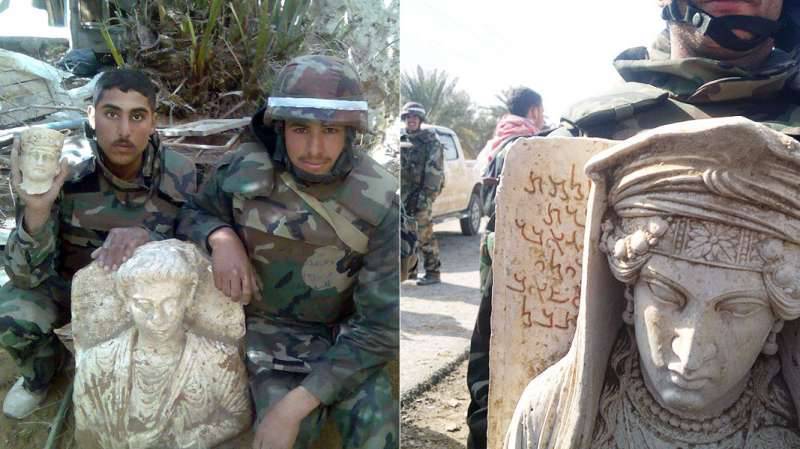
Information